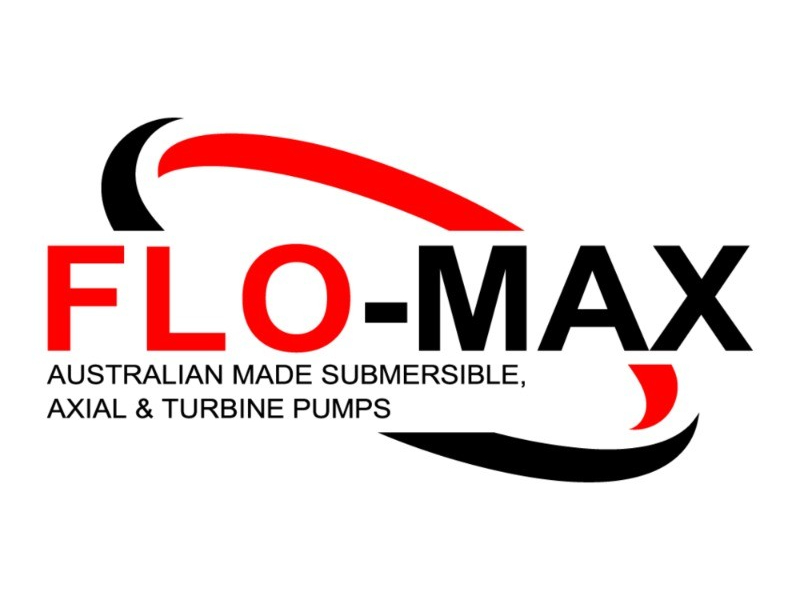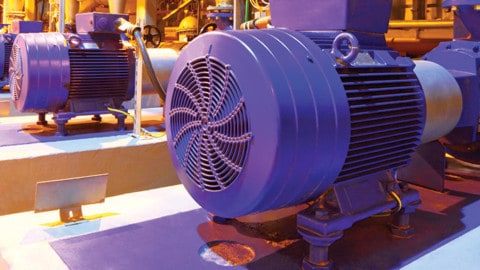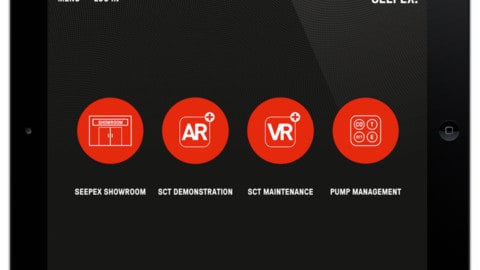With the price of gas rapidly rising over the past two years and the cost of renewables dropping, food manufacturers are looking for opportunities to improve process efficiency and keep the cost of operation down. A report from the Australian Alliance for Energy Productivity (A2EP) has identified a number of key market drivers — including costs and environmental benefits — that are creating opportunities for high temperature heat pumps in food manufacturing.
The report identified several key market drivers that are creating opportunities for natural refrigerant-based (NatRef) heat pumps in the Australian food manufacturing sector, the most significant being the rapidly increasing price of gas in Australia.
The report, High Temperature Heat Pumps for the Australian Food Industry: Opportunities Assessment, is part of a pre-feasibility study by A2EP to define the likely feasibility and range of applications for high temperature heat pumps in the food industry, with a focus on delivering useful heat at 66°C-150°C.
It is the continuation of a wider project investigating opportunities for innovation in technology/business models that could transform energy productivity in the food value chain.
One key transformative change that was identified was the electrification of food processing, displacing fossil-fuel fired boilers and steam systems. Heat pumps are a central technology required for this transition to recover heat from waste streams to boost temperatures, displace steam, and in some cases simultaneously provide process cooling.
Developments in heat pump technology
The past decade has seen high temperature industrial heat pump technology develop rapidly and they are now able to deliver temperatures over 80°C, with cascaded or multi-stage heat pumps now able to reach temperatures up to 140-150°C.
The range of applications has also been greatly extended. As these pumps are more efficient when operating across small temperature differences (about two to four per cent), systems using multiple heat pumps in series can achieve large efficiency improvements, allowing them to operate across larger overall temperature differences, however such systems are more complex and expensive.
Other heat pump technology development occurring in Japan includes:
- Eco-Cute heat pumps which use CO2 refrigerants for hot water and hot air supply. These packaged pumps can produce hot water up to 90°C with a heating capacity of up to 72kW
- CO2 heats pumps able to generate hot air to 100°C and a heating capacity to 110kW Heating and cooling of circulating water and steam generation using ‘Reverse Rankine’ cycle
- Industrial heat pumps that are capable of providing steam at 120-160°C using cascading or multi-stage systems
These improvements in technology and economies of scale of production of packaged units mean heat pumps are now widely used in many industrial processes, including food manufacturing. While these pumps are now common in Japan, South Korea, and to a lesser extent in Europe to supply heat at up to 95°C, there are far fewer industrial installations in Australia that are able to deliver temperatures over 65°C.

Heat pumps are used in food drying processes, including pasta and noodles.
Opportunities for heat pumps in the food industry
While there is a significant capital cost for high temperature heat pumps, the development of packaged ‘Eco-Cute’ units in Japan provides relatively economical volume manufactured units for heating water and air to 90°C.
The food industry is an energy intensive industry, consuming around 165PJ of energy — up seven per cent in 2016. Coupled with the rapidly rising price of natural gas, and with potentially limited gas available in the next five years, the economics of high temperature heat pumps is improving and gaining them more interest from the food industry than in the past.
The report found that as heat pumps effectively use electricity to harness heat from waste heat streams or the environment at efficiencies of over 300 per cent, they can cost effectively displace gas when gas prices are high. This displacement is also aided by the rapidly falling cost of renewable energy as solar PV can be used to power heat pumps.
The report found value derived from using high temperature heat pumps may include four types of energy productivity benefits:
- Direct energy savings from the coefficient of performance (COP) of heat pumps of three or more (and where simultaneous heating and cooling is possible, this can double). A generalised comparison of the cost of generating heat with heat pumps indicates that heat pumps may generate heat with up to 50°C+ temperature lift at say $10/GJ (based on $160/MWh power); significantly lower than a typical boiler and steam system using natural gas – at $12/GJ gas cost, heat delivered to process would typically cost over $15/GJ from a steam system (>$25/GJ for an inefficient system)
- The recovery of sensible and in some cases also latent heat, which would otherwise be wasted
- Use of heat pumps as stepping stones towards complete replacement of boilers and steam systems, generating potentially much greater savings, where existing systems have low efficiency
- Additional energy productivity benefits including enabling increased plant throughput, better heating control leading to product quality improvements, and greater reliability than steam systems
While it is difficult to put a meaningful number or range on the potential economical scale of benefits as it is application and site specific, the report found that it appears that there will be many heat pump solutions that pay back within six years (delivering over 15 per cent per annum internal rate of return) just based on direct energy benefits.
Where these installations allow retirement of boilers and steam systems, or where the heat pump fulfils a cooling and heating duty simultaneously the systems could pay back in less than three years. Given these rates of return, there is potential for well-designed financing mechanisms to provide low upfront cost, cash flow-positive finance packages for heat pumps.
Barriers to implementation
While there are now greater opportunities and incentive to implement high temperature heat pumps, the report found there are also still significant barriers to implementation in Australia which explains the small number of installations to date.
Some current barriers for implementation in the food industry include:
- Historically cheap coal and gas prices, which have supported the continuation of central, steam-based heat supply systems and under-investment in end use efficiency improvement
- Lack of business knowledge of the application of this technology as there are almost no local examples and limited local supplier expertise
- Limited incentives to implement the technology
- There is skill required to optimally implement high temperature heat pumps (other than in applications that just directly replace a heating source) including using ‘pinch’ thermodynamic analysis, and determining how to extract the greatest total business benefit. This expertise is not widespread in the Australian market
These barriers have been overcome in Japan and South Korea through government support including information provision, technical support incentives, and investment incentives.
Taking hold of new opportunities
Despite these barriers the opportunities for energy cost savings will continue to build interest in high temperature heat pump applications, especially as gas prices continue to rise and gas supplies deplete, and there is need to move to low carbon energy solutions.
For pump suppliers there lies an opportunity to take advantage of the potential of this growing market by gaining greater access to international technology and investing in training to build expertise and experience to fill the current knowledge gap in the Australian market.
There is particular opportunity for those in the refrigeration industry as they have the skill needed to rapidly learn about heat pumps for heating duties.




















